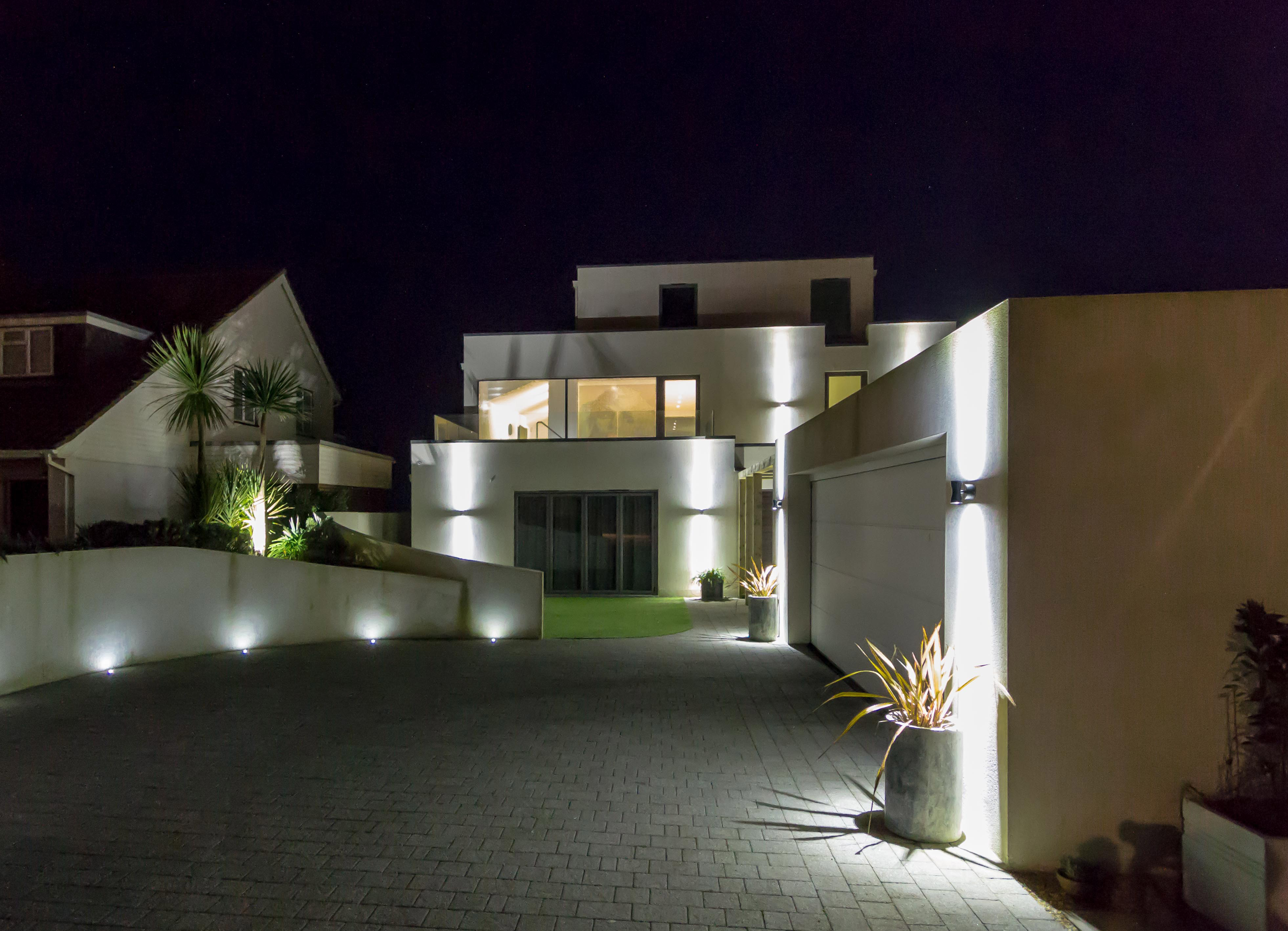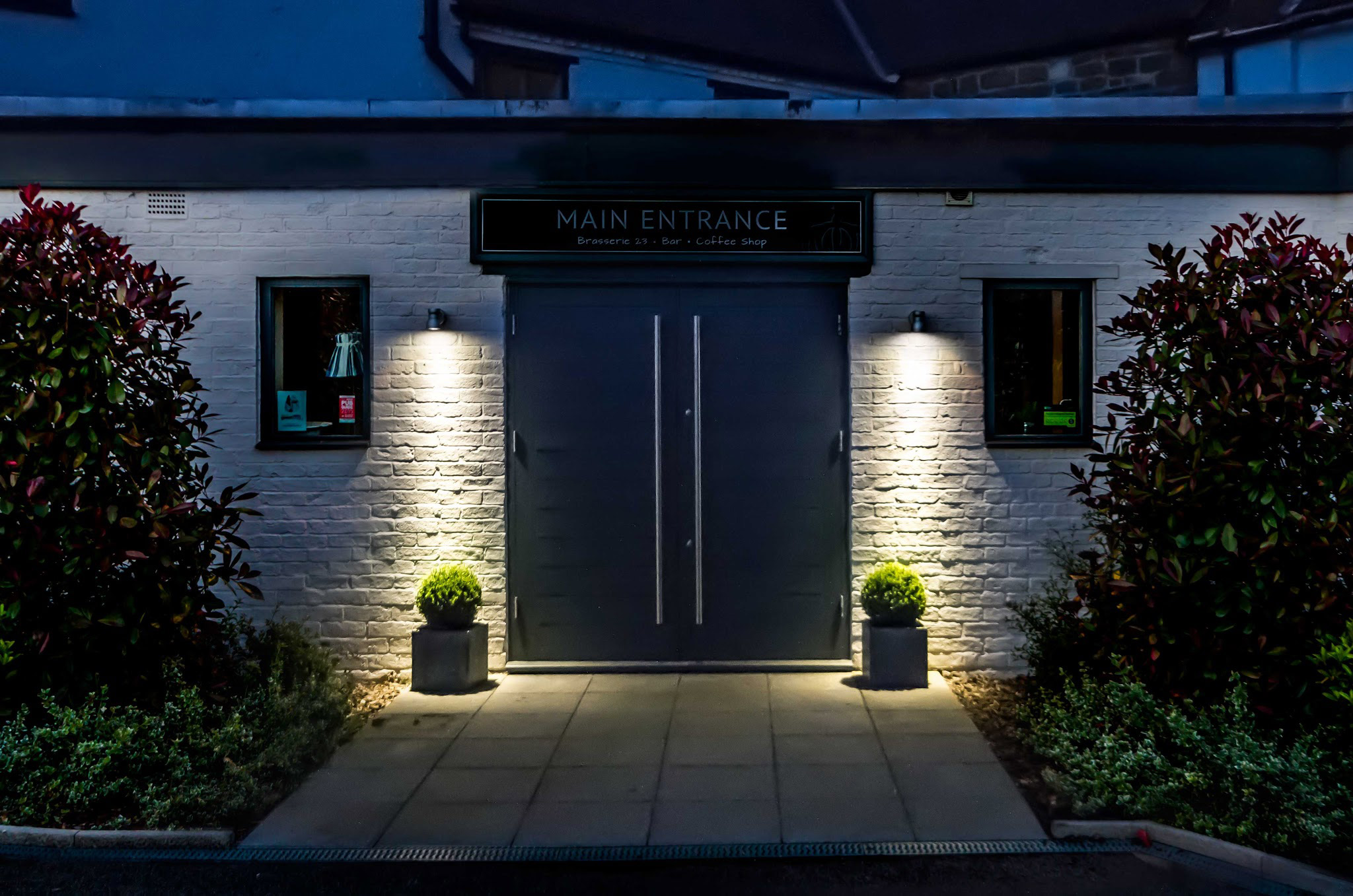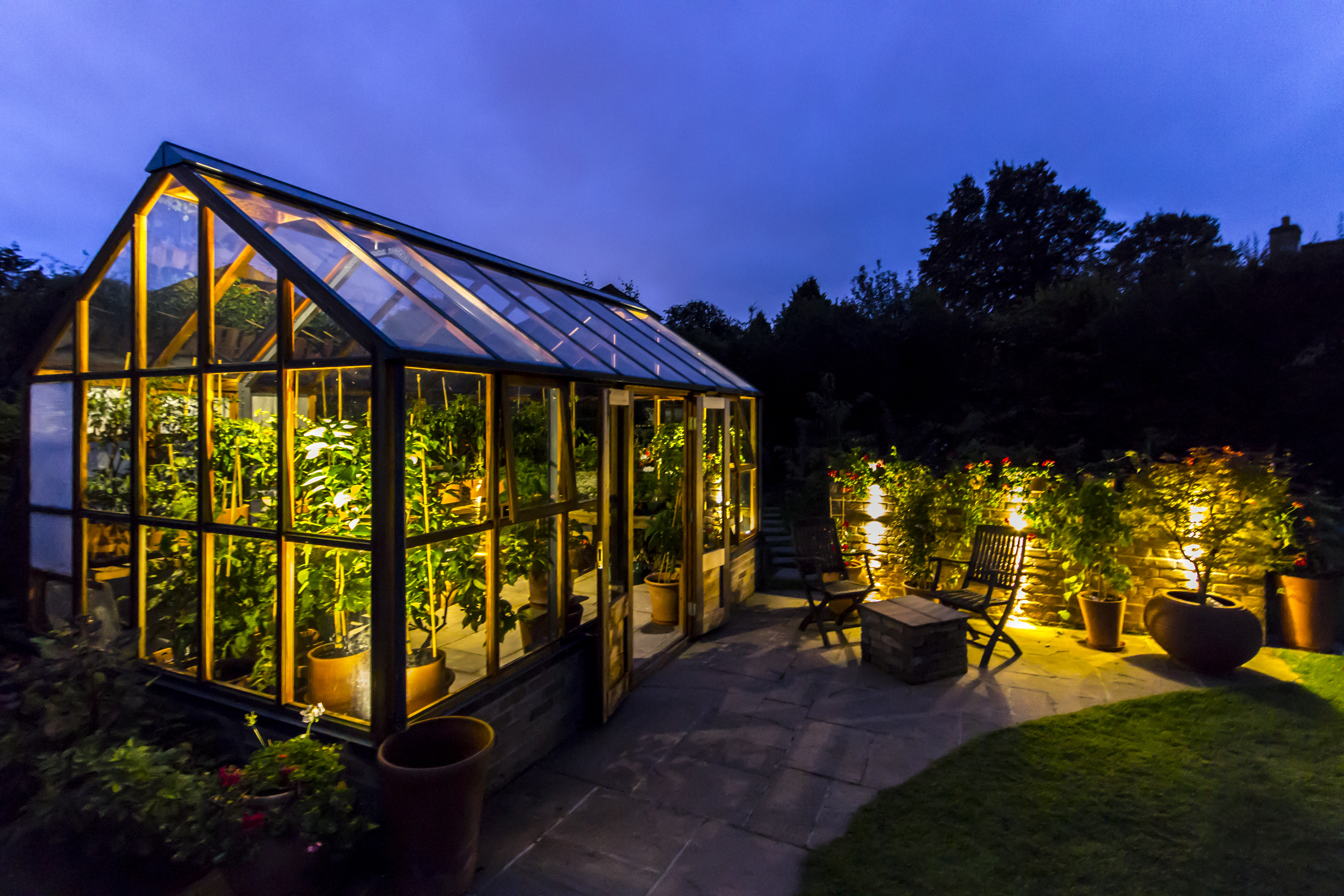How to Avoid Light Pollution
Whether you need outdoor lighting for safety, work or even to enjoy socialising outdoors on a warm summer evening, we need to avoid light pollution to be a good neighbour and meet many councils’ DarkSky requirements.
Outdoor lighting is essential for safety and to enjoy the outdoors as it gets dark. Good lighting achieves this without impact on others, the night sky or nocturnal wildlife.
While your customers want to enjoy the outdoors, they also want to protect that environment for themselves, others and our children.
It means that you need to step back from the project that you are lighting and consider the impact it will have on the surrounding areas and the darkness of the night sky. The first question is whether your customer needs the lighting in the first place.

Direct the light
If the answer is yes, then you should only light the area that needs it. This means that the luminaire should have hoods or shielding so that you can target its direction to ensure there is no light spillage causing glare. Think about the beam angle that you are using and what you are lighting.
Where you can use wall lights, don’t mount them too high above what you are lighting as this will give a steep tilt angle causing unwanted light pollution. And if you do use uplights ensure that you direct the light and contain it to the area that you are lighting. Luminaires with asymmetric beams will focus the light in one direction making it easier to achieve this.
Avoid upward light spill
The glow that we see at night from artificial lighting is due to unwanted light spilling upwards away from its intended area. Where you are using a wall light, check its upward light output ratio (ULOR), which is the percentage of light that it emits above the horizontal plane. For DarkSky approval it should have an ULOR of less than 0.5% or 50 lumens.
Well-designed fittings will have high quality optics so that you can accurately direct the light where you need it, whether that’s downwards or focussed on the object that you are lighting with minimal or no spillage.


Lower lux
The DarkSky initiative also specifies that you should keep lux levels low where possible and to not use overly bright lights. The illuminance needed will depend on what the lighting is for, and you will need to refer to appropriate standards for each situation.
Lighting control
In addition to controlling where the light goes, your customer should only have it on when they need it. And, when usage is low, it should be dimmed to reduce the light and save energy.
Implementing control scenarios is far simpler for LED lighting than for example metal halide lamps that are in many older installations. While the former are easily dimmed, the latter can only dim down to 50% of their rated power. In addition, LED lighting will switch on and off immediately in response to timers, or PIR sensors, whereas metal halide sources are slow to turn on.


Colour matters
The correlated colour temperature (CCT) also matters. DarkSky requirements are for a CCT of 3000K or warmer because this is less likely to scatter in the atmosphere than higher colour temperatures that have short-wavelength blueish light.
This is particularly important for nocturnal animals and insects. If, for example bats are known or suspected to be in the area then the amount of upward light spillage, particularly the blue light content of higher CCT values, can affect their circadian rhythms.
Be sustainable
In general, you should assess how much light the fitting produces relative to the amount needed for the task. LED lighting produces more lumens per watt than other sources, so they are more energy efficient. Some are more efficient than others, so it’s worth checking the lumen output of a fitting rather than just its wattage.
LED luminaires also have a long life so they will not need replacing so often and some have replaceable parts so your customer will not always need to install a new fitting.
In short, LED lighting provides a sustainable option and if you pick the right fittings, they will enable you to meet the DarkSky commitments of many local councils.
In conclusion, as the Institute of Lighting Professionals Guidance Note 1 for the reduction of obtrusive light states; make sure that you install “the right light in the right place at the right time, under the right control.”



